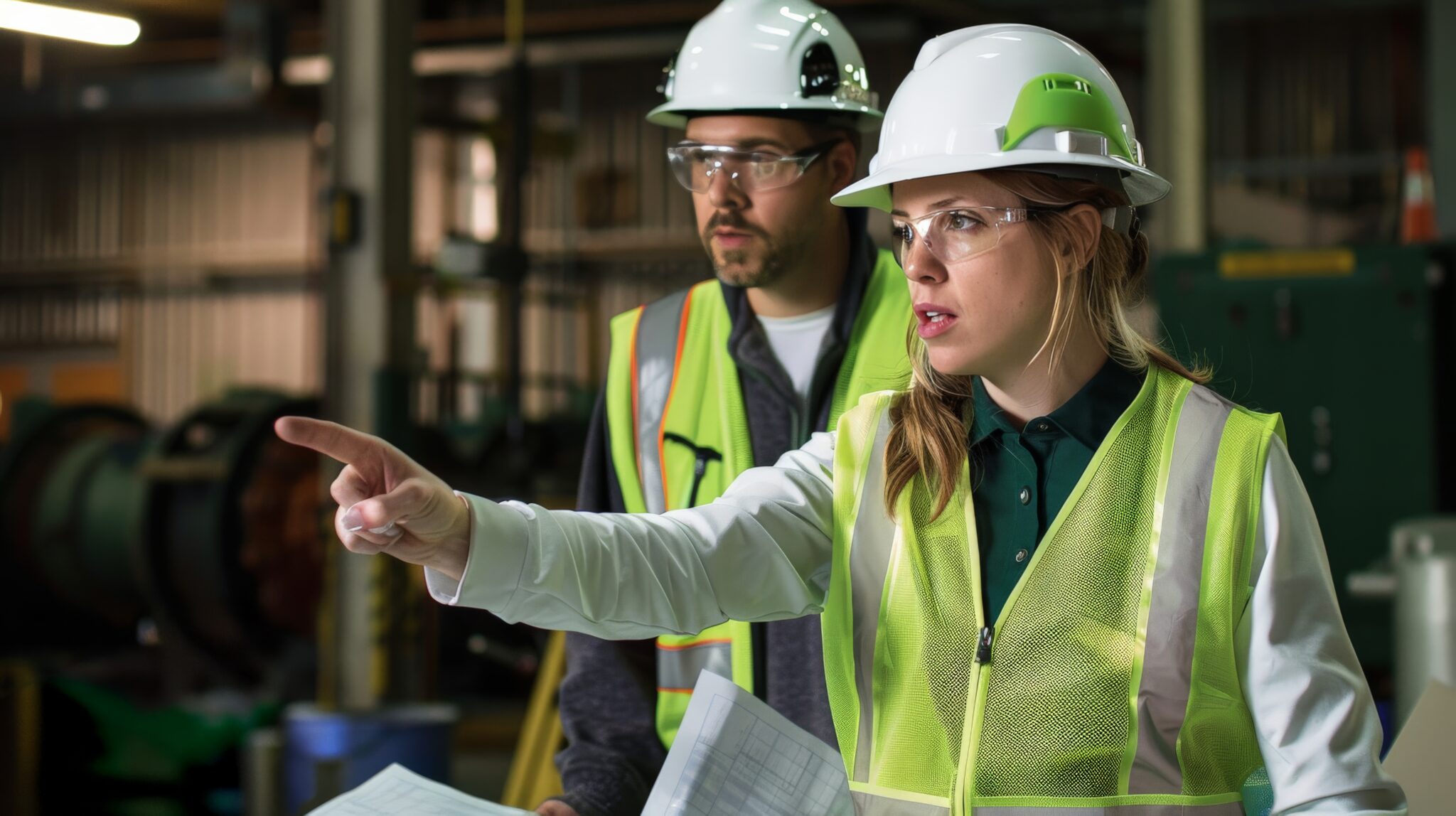In any workplace, ensuring the safety of workers is a shared responsibility. Whether you’re in a factory, construction site, hospital, or office, hazards are everywhere. From slippery floors to chemical spills or faulty equipment, these dangers can lead to injuries, or worse, if not handled properly. That’s where safety committees step in. These groups play a vital role in building a bridge between management and employees, ensuring everyone works together to create a safer working environment.
Safety isn’t a solo mission. It thrives on teamwork, communication, and shared commitment. One of the best tools for achieving this is an active, well-organized safety committee.
Why Workplace Hazards Shouldn’t Be Ignored
Imagine this: it’s a regular day at a textile factory in Lahore. Machines are buzzing, workers are busy, and then—an employee slips on an oil spill that went unnoticed. No one had reported it. No one had cleaned it. The injury? A broken arm, weeks of recovery, and disrupted workflow. All of this could have been avoided with a simple safety check and better communication.
This is exactly the kind of issue safety committees are built to prevent.
📌 Want the Latest on NEBOSH Course Fees in Pakistan? 👉 Click Here to Get Info!
What Is a Safety Committee?
A safety committee is a group of employees and management representatives who come together regularly to discuss health and safety matters in the workplace. Their goal is to:
- Identify hazards
- Recommend improvements
- Promote a culture of safety
- Monitor the implementation of safety policies
These committees act as a communication link between the workforce and management, ensuring safety is not just a policy but a practice.
How Safety Committees Promote Co-operation
Co-operation is the lifeblood of workplace safety. Here’s how safety committees make it happen:
1. Building Trust Between Management and Employees
When employees feel heard, they are more likely to participate in safety initiatives. Safety committees offer a platform where workers can voice their concerns, suggest solutions, and feel involved in the decision-making process.
A maintenance worker once shared how he reported a faulty ladder repeatedly to his supervisor, but nothing changed. After joining the safety committee, he raised the issue directly. The ladder was replaced the same week.
This kind of empowerment leads to stronger relationships and better cooperation.
2. Creating a Shared Vision for Safety
Committees help develop a shared safety culture, where everyone—not just the safety officer—is responsible for hazard prevention. Through open discussions, safety drills, and policy reviews, they promote understanding and alignment across all departments.
3. Encouraging Reporting Without Fear
Fear of blame or retaliation often stops employees from reporting hazards. A well-functioning safety committee educates staff on how to report hazards safely and encourages transparency.
Committees also review these reports to identify trends and recommend fixes, helping prevent future incidents.
What Makes a Safety Committee Effective?
It’s not just about forming a committee; it’s about making it work. Here are steps to create a successful one:
Step 1: Choose the Right Members
Include people from different departments and roles. A mix of frontline workers and management ensures that every voice is heard.
Step 2: Define Clear Roles and Goals
Each member should know their responsibilities. Set achievable safety goals like “zero slips this quarter” or “complete fire drill training for all employees.”
Step 3: Schedule Regular Meetings
Monthly meetings help track progress, address new hazards, and keep safety top of mind. Keep the agenda simple and focused.
Step 4: Take Action
Don’t just talk—act. Implement changes quickly and follow up. Post results on notice boards to build confidence and show that the committee is making a difference.
Benefits of Safety Committees in Reducing Hazards
Let’s dive deeper into how safety committees directly impact workplace hazards:
1. Routine Inspections
Committees often perform regular walk-throughs of the worksite to spot hazards. These inspections catch issues that others may overlook during a busy workday.
2. Safety Campaigns and Training
They can organize training sessions, distribute safety posters, and host toolbox talks. These activities raise awareness and reinforce safe behavior.
3. Feedback Loops for Continuous Improvement
Once a solution is implemented, the committee gathers feedback to see if it’s working. This loop of feedback, analysis, and improvement helps maintain a proactive safety culture.
Case Study: How a Safety Committee Transformed a Warehouse in Karachi
In a warehouse facility in Karachi, workers were regularly exposed to falling boxes from high shelves. Accidents were frequent. After forming a safety committee, the team conducted a risk assessment, introduced safety nets, enforced new stacking procedures, and trained workers on proper load handling.
Within six months, the number of reported incidents dropped by 80%. Productivity increased, and worker morale soared.
This transformation proves that with the right structure and support, safety committees can create real change.
Challenges Safety Committees Face (And How to Overcome Them)
While the benefits are plenty, safety committees are not without their challenges:
1. Lack of Participation
Sometimes, employees see the committee as “management’s thing” and don’t want to get involved. Solution: Rotate membership and offer small rewards or recognition for participation.
2. Poor Communication
If outcomes are not shared across the company, the effort may feel pointless. Solution: Use notice boards, emails, or short meetings to share results and updates.
3. Inaction After Meetings
Talking without action is a common pitfall. Solution: Assign responsibilities with deadlines and review them in the next meeting.
Read more about NEBOSH course duration and fees in Pakistan to see if it’s the right step for your career or organization.
Final Thoughts: Building a Safer, Stronger Workplace Together
Safety committees are more than just a regulatory requirement. They are a powerful force for change. By fostering open communication, encouraging shared responsibility, and taking consistent action, these committees can dramatically reduce workplace hazards.
If you’re a business owner, safety officer, or just someone who wants to create a safer work environment—start by supporting or forming a safety committee. Equip yourself and your team with the right knowledge and mindset.


